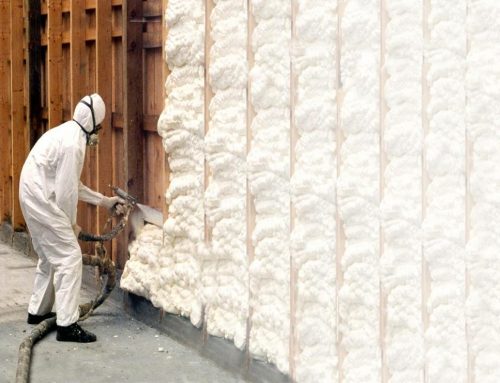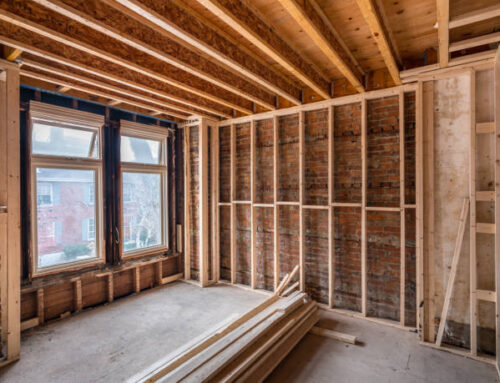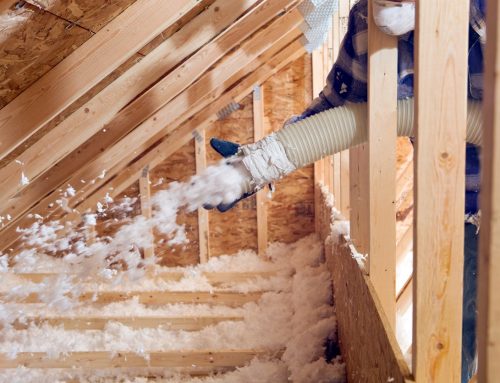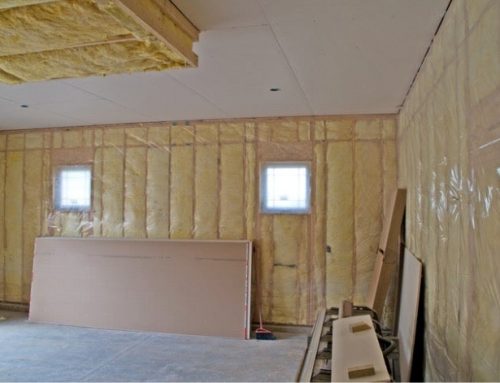As energy bills mount year after year, it is advised to invest in reliable insulation for the home. For owners who have already done so but still troubled with higher utility bills. it could be one of these reasons:
- The basement, garage, and attic were not insulated to keep costs low. This is a mistake because the heating and cooling will escape through these rooms, leaving inconsistent temperatures at different places in the house.
- Spray foam was not used – It is often considered the last option because of the expense involved. But, energy bills for houses with spray foam insulation, remain on the low side. A majority of most household bills are charged for cooling or heating the home. Spray foam is very durable and keeps the house insulated adequately by covering all the possible gaps when it expands.
If the house was constructed without insulation, prefer blown-in padding to keep the property safe. It is available in four options, loose-fill fiberglass, cellulose, rock wool, and spray foam. The best choice of the four is open-cell spray foam, which expands up to 100 times to fill in all the surfaces it comes in contact with. Recently, a customer opted for blown-in insulation in Vaughan and noticed a 20% drop in his energy bills from the following month.
If you have no insulation in the house, spray foam is the right option. The traditional methods of insulation overblow in spray foam are a poor choice because it will encapsulate the old material making it ideal for mold to grow freely. A recent project was blown-in insulation in walls at Caledon, which turned out to be a big success because it also provided soundproofing and doesn’t attract termites or ants.
For blown-in insulation, a hole is made on the top of each wall, and the insulator is sprayed through a pipe connected with a truck, keeping it consistent and time-saving. After the walls have been filled, the holes are covered up and become unnoticeable.
After some months of watching various insulation projects like blown-in insulation in Vaughan and blown-in insulation in walls at Caledon, it was concluded that the future of insulation is in spray foam. But installing insulation spray foam is not a DIY project as professionals are required for a proper job. Investing in blown-in spray insulation will be excellent thinking altogether.
With the advantages of spray foam, a homeowner can convert their attic, garage, and basement into something more useful. The problem of these rooms being too warm or too cold without insulation will vanish. Keeping these rooms at the same temperature as the other rooms will help in ensuring minimal loss of air conditioning and heating. When calculating the return on investment, do add the modified attic, garage, and basement to the mix. As noticed, there is considerably soundproofing after using spray foam, which works well if you are interested in creating an entertainment room, library, or study.
Whatever type of insulation you choose, it is a step in the right direction. It’s our duty as citizens of this planet to minimize energy consumption and help the environment pollution-free. Also, changing the attic, basement, and the garage is the ideal DIY project for weekends. There is so much that can be done to make them functional units of the house instead of just storage areas. For the blown-in insulation in Vaughan, workers converted the basement into a home theatre and the attic into a music room for listening to old fashioned records. With blown-in insulation, the garage can now be used around the clock in any season for working with tools.





Leave A Comment